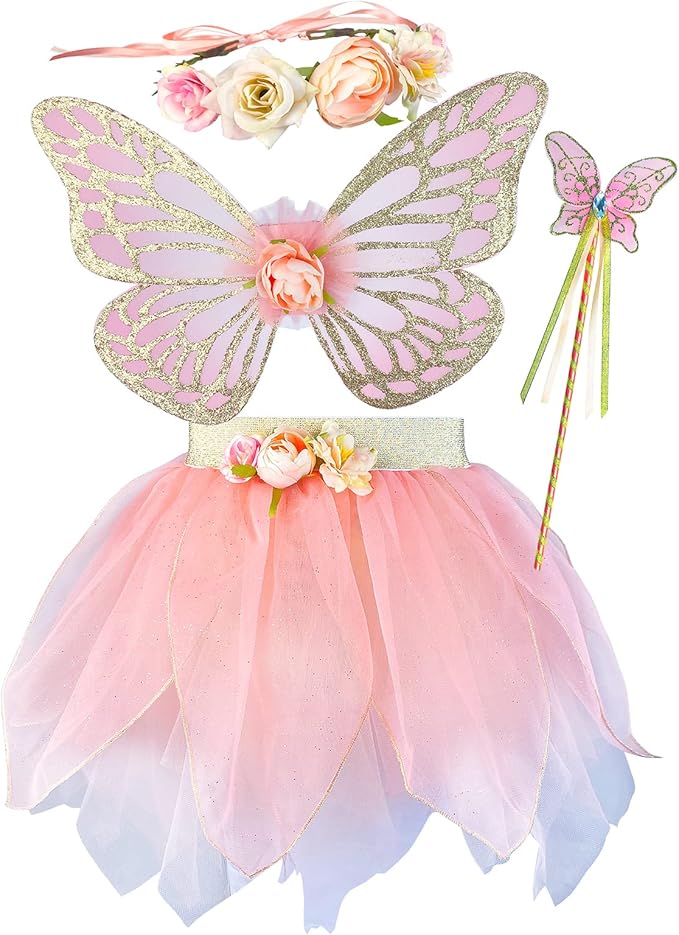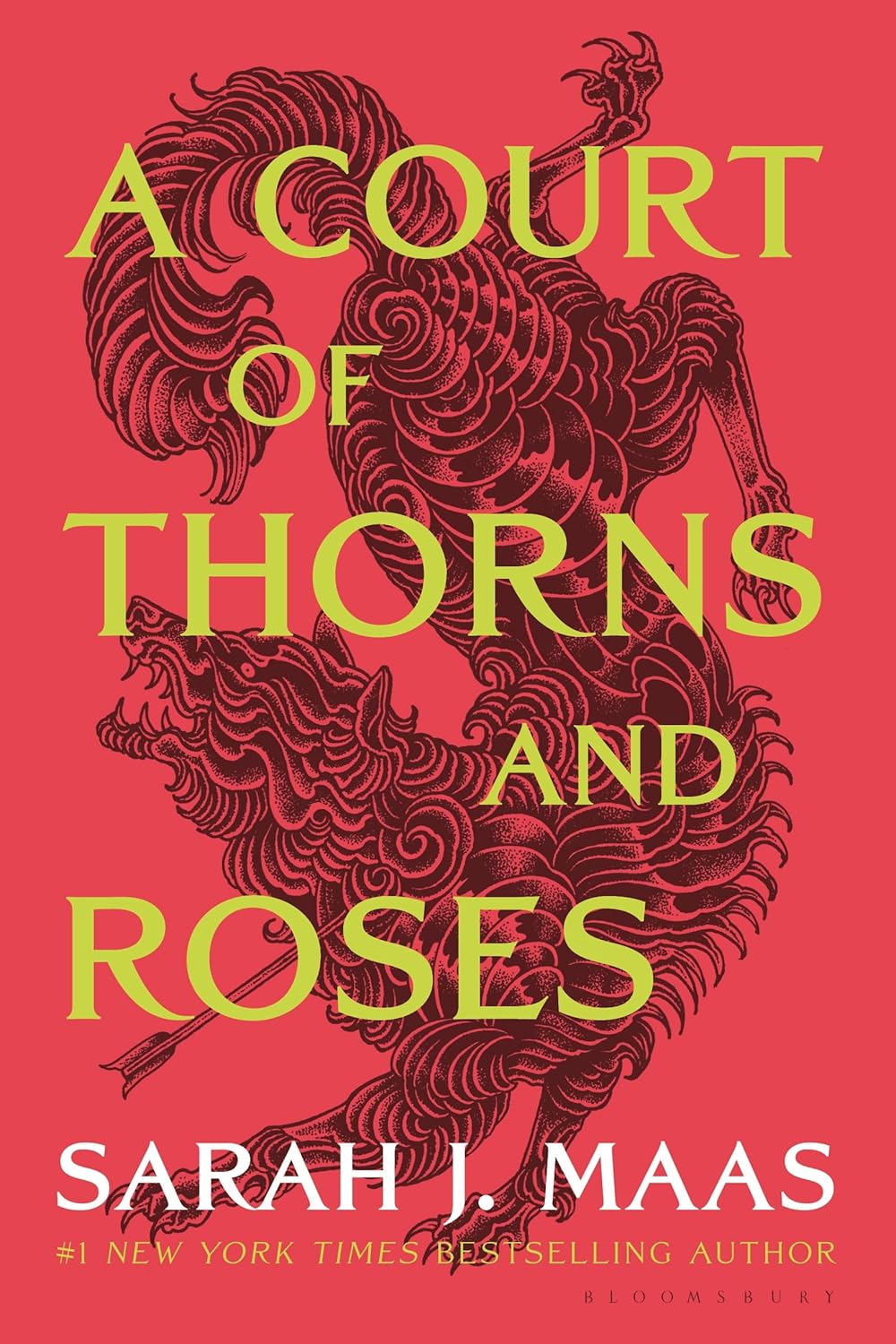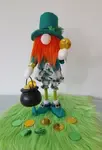- Home
- Fairy Blog
- Fairy Cakes
- Fairy Quotes
- Safety Dance
- The Flower Fairies Books
- What is a Fairy?
- Are Fairies Real?
- Elemental Fairies
- Faeries
- What are the Fae?
- Fae Fantasy Books
- Fairy History
- Origin of Fairies
- Fairies in Folklore
- Pixies
- Pixie Fairy Differences
- Gothic Fairies
- Tooth Fairy
- Fairy Festivals
- Fairy Gardens
- Fairy Garden Accessories
- Fairy Circles
- Fairy Forests
- Fairy Poems
- Fairy Tales
- Fairy Tale Origins
- Classic Fairy Tales
- 24 Fairy Tales
- Fairy Tales around the World
- About Fantasy Creatures
- Dragons
- Dwarves
- Elves
- Gnomes
- Leprechauns
- Mermaids
- Unicorns
- Fairy Face Painting
- Fairy Costumes for Kids
- Free Fairy Art
- Fairy Coloring Pages
- Fairy Crafts For Kids
- Chinese Dragon Art
- How to Draw a Dragon
- Chinese Dragon Drawing
- Dragon Coloring Pages
- Fairy Tattoo Ideas
- About Us
- Contact Us
- Disclaimer
- Privacy Policy
The Origins Of Fairy Tales
The origins of fairy tales date back thousands of years. There are many different names for these tales. They have a large variety of creatures, some of which have magical abilities.
They come from every country, both ancient and new. They come from different cultures in the same country and they each have their own tales.
Fairy tales are a genre of folklore that features stories with magical and fantastical elements, often involving supernatural beings, enchantments, and moral lessons. The origins of fairy tales can be traced back thousands of years to oral storytelling traditions across multiple cultures worldwide. These tales were passed down through generations, evolving and changing with each retelling before being written down.
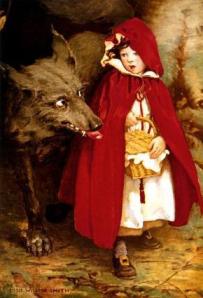
Adorable Fairy Costume Set!
Includes a fairy tutu, wing, wand and flower halo - perfect for parties, dress-up play, pageants and so on.
CLICK HERE for the best price!
The Origins Of Fairy Tales
The exact origins of fairy tales is difficult to pinpoint, as they have roots in various ancient civilizations, including the Sumerians, Egyptians, Greeks, Romans, and Chinese. Some of the oldest known fairy tales date back to ancient Egypt, such as "The Tale of the Two Brothers" (circa 3200 BCE), and ancient Greece, like the story of "Cupid and Psyche" from "The Golden Ass" (circa 2nd century CE) by Apuleius.
Aesop was a Greek author from the 6th century BC. There have been many translations since then. A Roman named Phoedrus's did one of of the earliest translations into Latin around 320 BC. Aesop's fables were among the first fairy tales that became famous in the Western world.
During the Middle Ages, oral fairy tales were shared by traveling storytellers who would visit villages and towns to entertain people with their tales. These stories often featured knights, damsels, and magical creatures and served as a form of cultural expression and entertainment.
Some possible cultural influences on the concept of the origin of fairy tales:
- Ancient civilizations: Belief in supernatural beings similar to fairies can be found in ancient Greek, Roman, and Egyptian mythologies. These cultures had their own versions of mythical creatures that were associated with nature, magic, and the spirit world.
- Animism: Animism, the belief that objects, places, and creatures possess a distinct spiritual essence, has been a part of many ancient cultures. This belief could have contributed to the development of the concept of fairies, as nature spirits or guardians.
- Christian influence: During the Middle Ages in Europe, fairies became intertwined with elements of Christian mythology, leading to the belief that fairies were fallen angels or the spirits of unbaptized children.
- Cultural exchange: As different cultures interacted and exchanged stories, their mythologies and folklores could have influenced each other, resulting in the development of similar beings like fairies.
How Fairy Tales Changed
From Oral To Written

In the 17th and 18th centuries, from the oral stories, the origins of fairy tales began to be collected and written down by authors and scholars, such as Charles Perrault in France, who published "Tales of Mother Goose" in 1697, which included stories like
In Germany, the Brothers Grimm collected and published their famous compilation "Grimm's Fairy Tales" in the early 19th century, which featured tales like
- Hansel and Gretel, and
As fairy tales were written down, they began to evolve, with authors often adapting and modifying the stories to suit their audiences and purposes.
In the 19th and 20th centuries, fairy tales became a popular form of children's literature, with many authors and illustrators creating their versions of classic tales or entirely new stories with magical and fantastical elements. Today, fairy tales continue to be a significant part of popular culture, with numerous adaptations in film, television, theater, and literature.
Theories On The Origins Of Fairy Tales
When we discuss the origins of fairy tales, It would appear that one of the oldest "The Smith and the Devil" dates back to before the Bronze Age.
Other fairy tales go back thousands of years, as reported in Royal Society Open Science. This report states that many of the famous fairy tales thought to be published by well known authors are actually very old folktales for adults.
“Rumpelstiltskin” and “Beauty and the Beast” are not recent inventions, says co-author Jamie Tehrani, an anthropologist at Durham University in England.
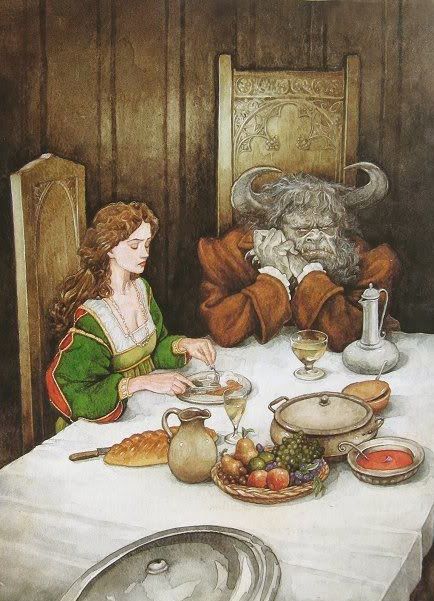
Two theories about the origins of fairy tales have attempted to explain the common elements in the text of the different tales found spread over many continents.
One theory is that a tale comes from a single source and spreads from culture to culture over time.
The other theory is that these tales reference common human experience - that many cultures tell similar tales of similar human experiences over time. The first written fairy tales are from ancient Egypt and occurred around 1300 BC.
In Summary "Origin of Fairy Tales"
Fairy tales are a form of oral and written storytelling that has been passed down through generations, often featuring magical creatures, enchanting settings, and moral lessons.
The origins of fairy tales can be traced back to ancient civilizations, with elements of these stories being found in various cultures worldwide. It is difficult to pinpoint a single origin for fairy tales, as they have evolved and been influenced by multiple sources over time. Here are some key factors that have contributed to the development of fairy tales:
- Oral tradition: Long before the invention of writing, stories were passed down orally from generation to generation. These oral narratives were an essential part of cultural and social life, often used to teach moral lessons, explain natural phenomena, or entertain. Many of the fairy tales we know today have their roots in these ancient oral traditions.
- Folklore and mythology: Fairy tales often incorporate elements of folklore and mythology from various cultures. These stories, which include myths, legends, and folktales, often feature supernatural beings and fantastical elements, shaping the imaginative world of fairy tales.
- Literary influence: As societies developed written language, oral stories were transcribed and adapted into written texts. Some of the earliest known written fairy tales can be found in ancient Greek and Roman literature, such as the works of Aesop and Ovid. In the Middle Ages, fairy tales were also documented in collections such as One Thousand and One Nights, a compilation of Middle Eastern and South Asian stories.
- The Brothers Grimm and Charles Perrault: The modern concept of fairy tales was significantly influenced by the works of the Brothers Grimm and Charles Perrault. In the 17th century, Perrault published his collection of fairy tales, "Tales of Mother Goose," which included stories like "Cinderella" and "Sleeping Beauty." In the early 19th century, the Brothers Grimm compiled their famous collection of German folktales, which included "Hansel and Gretel," "Rapunzel," and "Snow White." These collections helped to popularize and standardize the format of fairy tales.
- Romanticism and nationalism: In the 19th century, the Romantic movement and the rise of nationalism across Europe led to a renewed interest in folk culture and traditional storytelling. Scholars and writers collected and published regional folktales and legends, often emphasizing their nationalistic significance. This process further contributed to the development and popularization of fairy tales.
Throughout history, fairy tales have evolved and been shaped by various cultural, social, and historical influences. Their enduring appeal and ability to adapt to different contexts have made them an integral part of human storytelling and cultural heritage.
Read more about Fairy Tales here.
Have a look at our list of the 24 most popular Fairy Tales.
Book of the Month
The Best Selling Fae Fantasy Book! A great gift!
CLICK HERE for more information and best price!
Recent Articles
-
What are Fairy Circles?
Jan 13, 26 02:35 AM
Find out how fairy circles offer a fascinating glimpse into both folklore and science. Maybe, just maybe, there's a bit of magic there after all! -
Why Fairies? About Us
Jan 12, 26 03:54 AM
About Us; Why Fairies explains our background -
Peter Pan Characters, with their pictures and all about Neverland
Jan 11, 26 09:21 AM
The Peter Pan Characters in their home in Neverland and all the magic places where the story takes place. Pictures and Descriptions
